Redwood National Park in California is one of the only places on Earth you can still find coastal redwood trees. The park is home to a string of forests, beaches, and grasslands, giving visitors diverse scenery and activities.
Photographs of the Redwoods might spark your initial interest, but there’s nothing like experiencing them in person. It’s truly a magical place to explore, and even a drive through the park will leave you breathless.
Why Visit Redwood National Park in an RV?
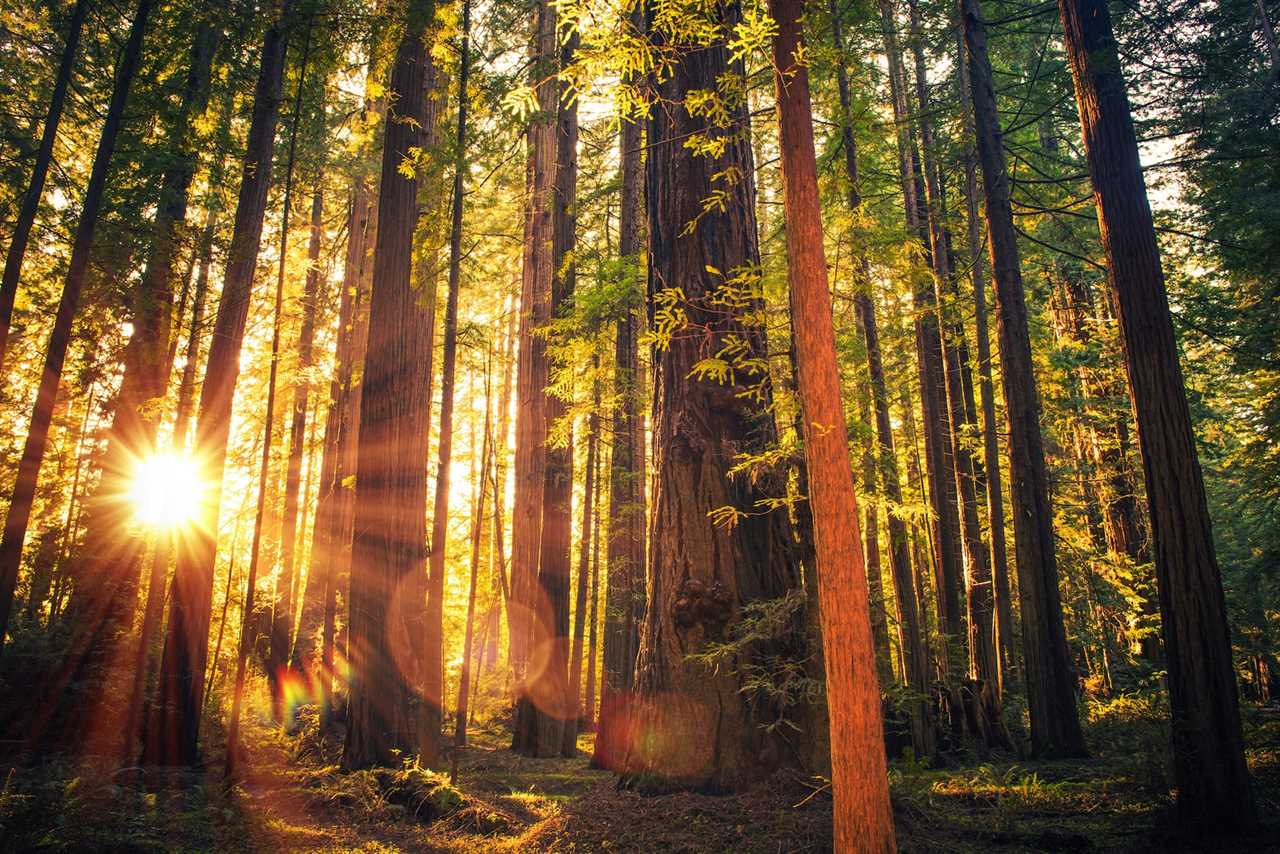
Exploring nearly endless groves of the world’s largest and oldest trees can feel like somewhat of a spiritual experience. It feels as though you’ve stepped into a completely different world, and you can’t help but feel a deep connection with nature.
All of your senses will be heightened. Not only will the sheer size of the trees amaze you, but the fresh, cool air and smell of the forest will be something you’ll remember forever. When amidst these majestic giants, the peace and quiet you’ll feel is incredible.
The park has so many other reasons to visit, including its wildlife and the wide variety of plant species. Redwood National Park’s range of habitats makes it home to many rare animals and birds, some of which are on endangered species lists.
You’ll also have the opportunity to visit three California state parks in the area, Prairie Creek Redwoods State Park, Del Norte Coast Redwoods State Park, and Jedediah Smith State Park.
Whether you’re pulling a towable RV or adventuring in a motorhome, there’s plenty of RV camping along this scenic stretch of the Northern California coastline. Extend your stay by visiting in an RV, so you have enough time to really soak it all in.
When to Visit Redwood National Park
The best time to visit Redwood National Park greatly depends on what you’re hoping to experience. The park is open year-round, and due to the influence of the ocean, the temperature only ranges from the mid-40s to the low-60s throughout the year.
Conditions inland tend to be drier and warmer than conditions right on the coast. Still, you should be prepared for all types of weather when you visit and pack layers whenever you leave for camp to enjoy the park’s various activities.
Redwood National Park in the Spring
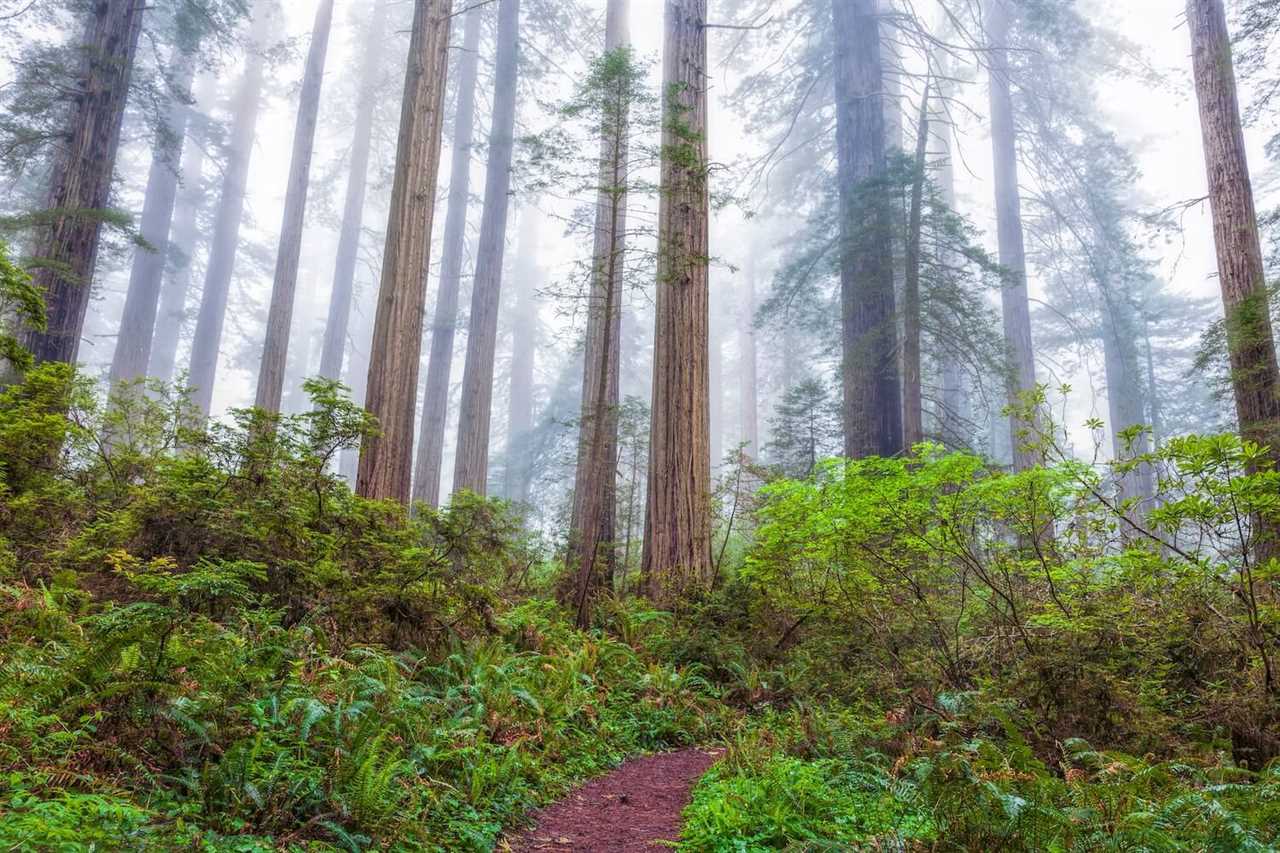
Photo by Andrew S via Shutterstock
Spring is a great time to enjoy comfortable temperatures, fewer crowds, blooms, and bright colors. March is the wettest of the spring months, but daytime temps gradually rise into the upper 60s by May, and precipitation chances will also decrease as the spring progresses.
Redwood National Park in the Summer
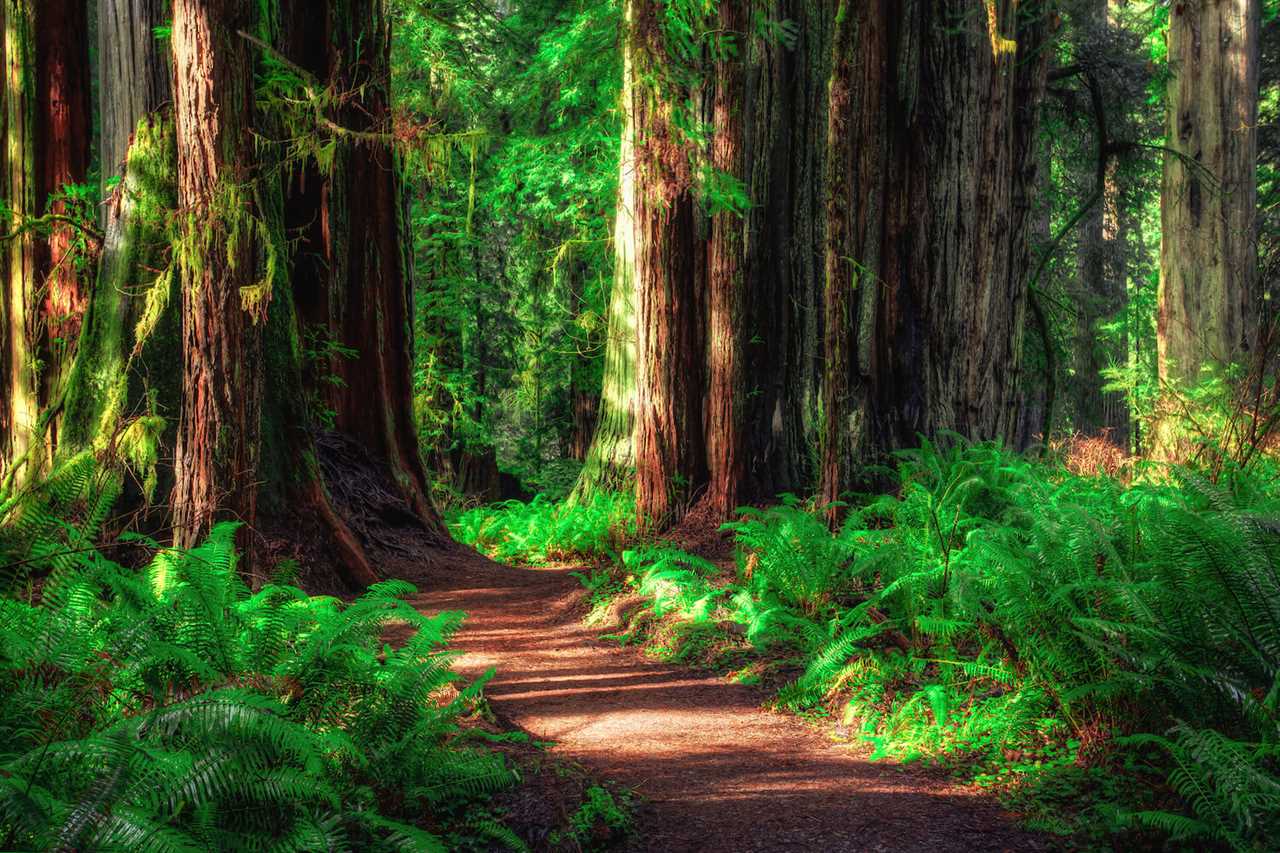
Photo by Stephen Moehle via Shutterstock
For dry and warm weather and ranger-led programs, you’ll want to visit in the summer months. While winter storms are long gone, the California Current can create thick bands of fog along the coast where the cold ocean water meets the dry continental land. These fogs are essential for the moisture that the Redwoods so desperately rely on.
Redwood National Park in the Fall
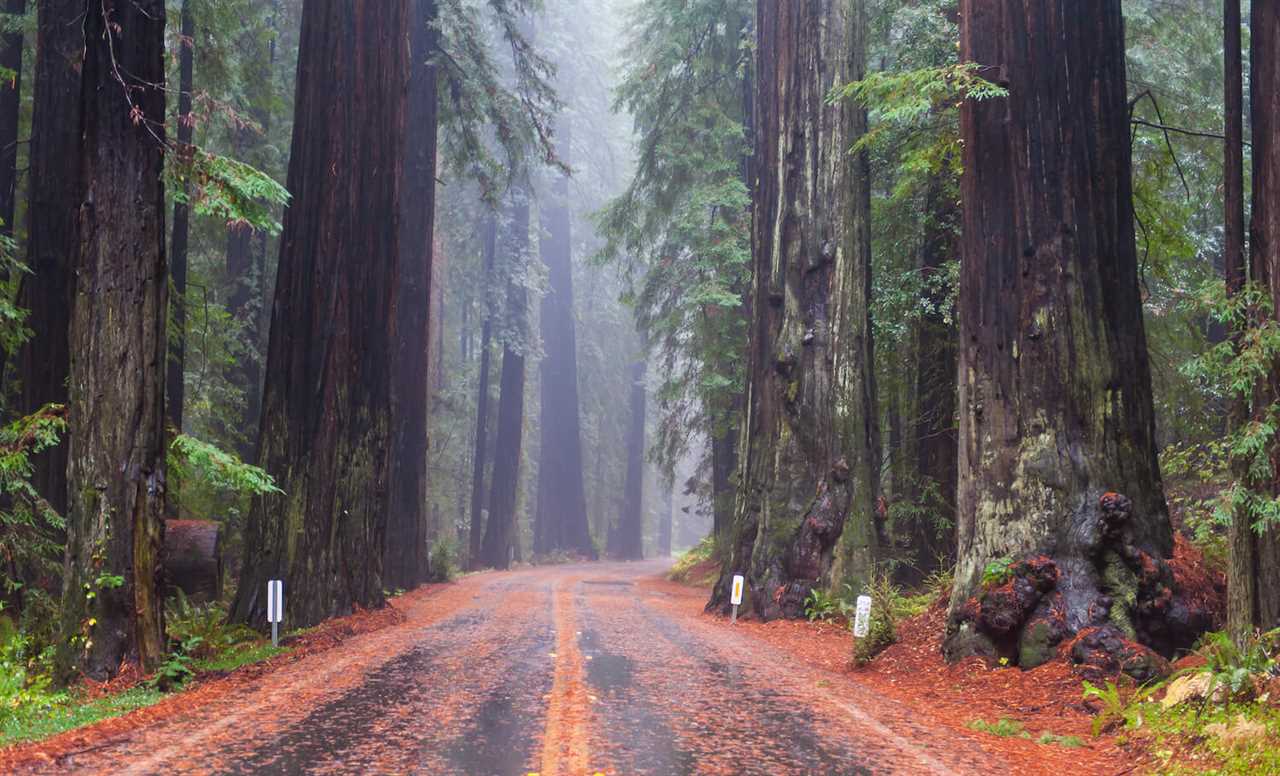
Photo by Sam Strickler via Shutterstock
Crowds also start to dwindle in the fall, but temperatures remain comfortable. Certain parts of the park with deciduous trees offer spectacular displays of fall color, but beware that the months get progressively wetter as the calendar moves closer to winter.
Redwood National Park in the Winter
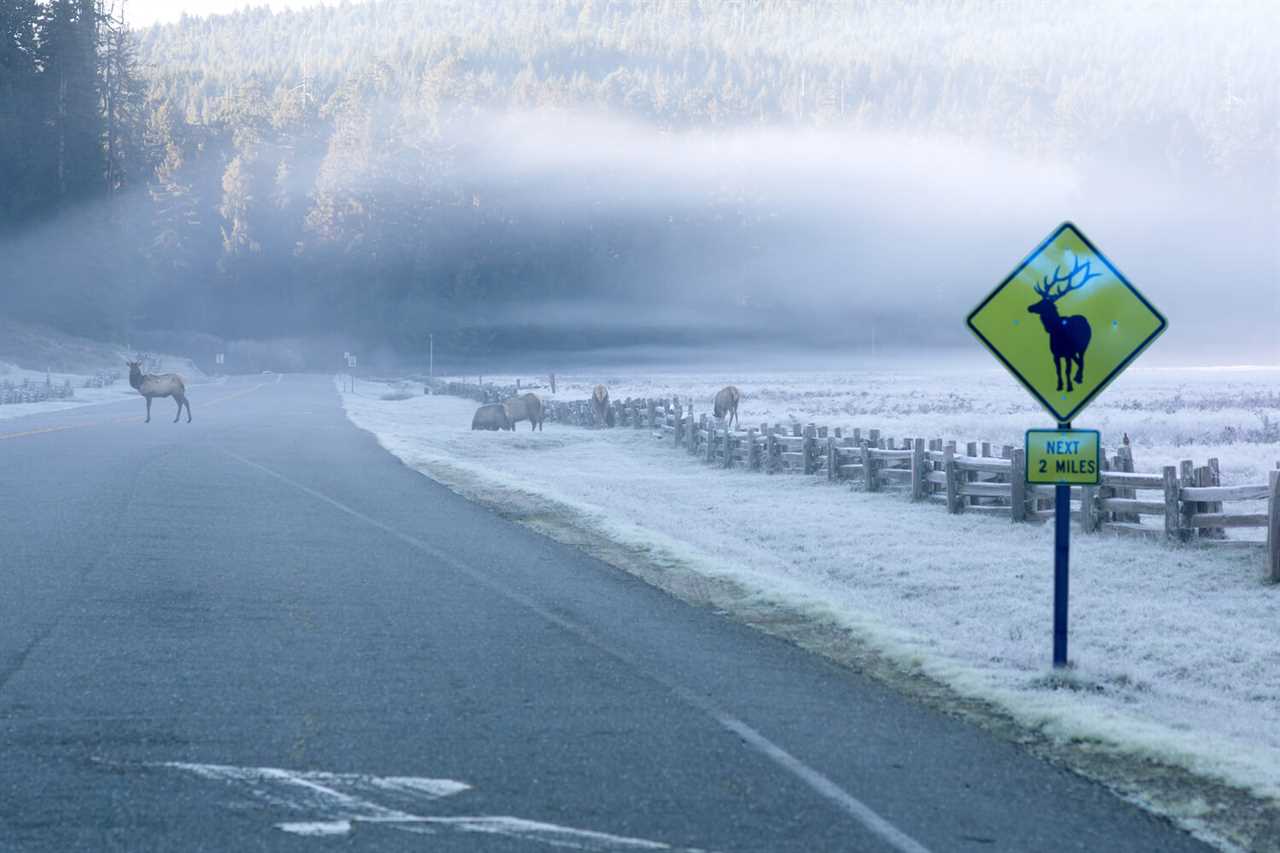
Photo by IrinaK via Shutterstock
To avoid crowds and witness the grey whale migration, visit sometime between late autumn through early spring. But winter temps are cooler, and the park averages 60 to 80 inches of precipitation from October through April, when high-pressure regions over the North Pacific drive storms onto the coast.
Where to Stay
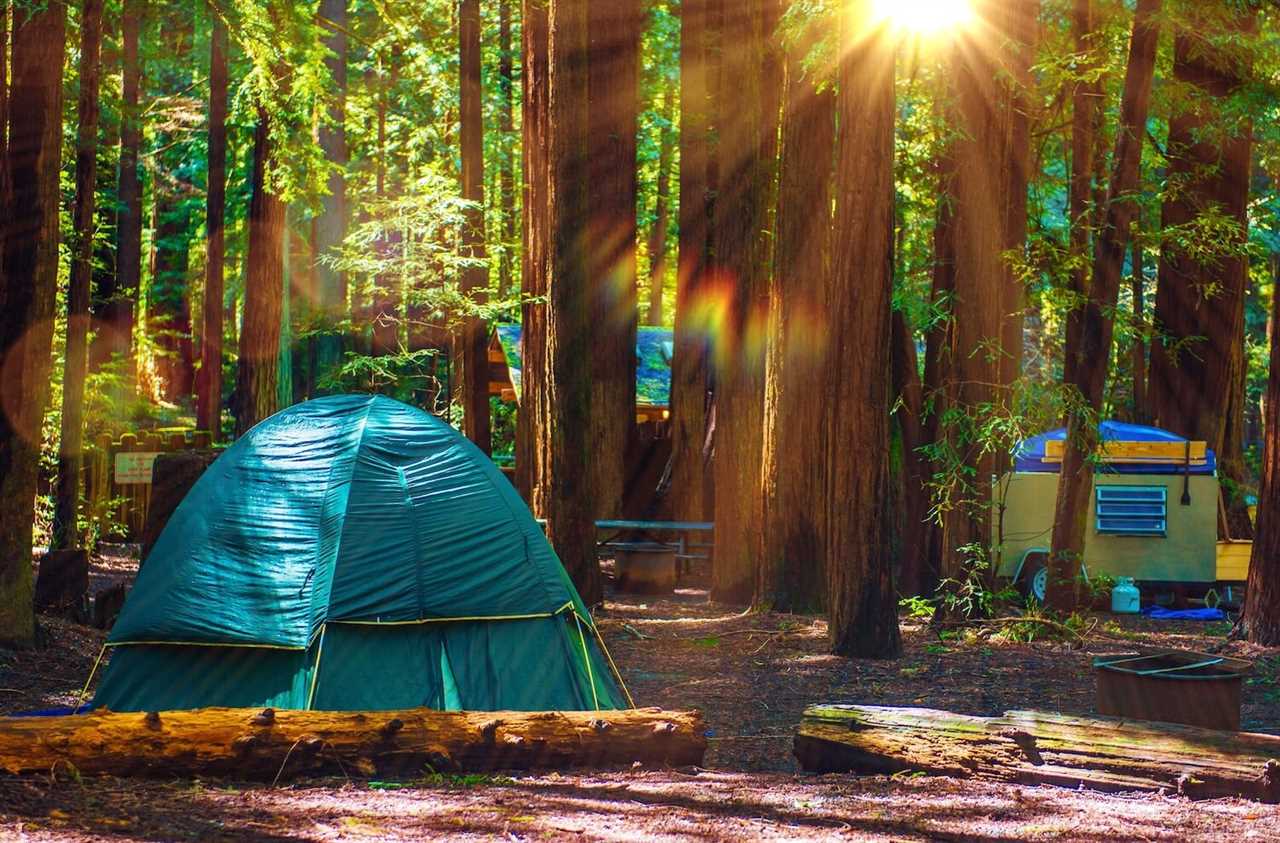
Photo by Virrage Images via Shutterstock
You’ll have two options for camping in the Redwoods: developed campgrounds or backcountry camping. There are four developed campgrounds, all of which require reservations. They all offer restrooms, picnic tables, fire pits, and food lockers.
Here’s a little more info on each:
- Jedidiah Smith Campground: 86 tent or RV sites without hookups.
-
- Max trailer length = 21 feet.
- Mill Creek Campground: 145 tent or RV sites without hookups
-
- Max trailer length = 24 feet.
- Elk Prairie Campground: 75 tent or RV sites without hookups.
-
- Max trailer length = 24 feet.
- Gold Bluffs Beach Campground: 26 tent or RV sites without hookups
Call ahead to ensure your RV will fit in the spaces provided. If you prefer to be more secluded, you’ll need to obtain a permit for camping in one of the park’s eight designated backcountry campsites.
Staying Outside the Park
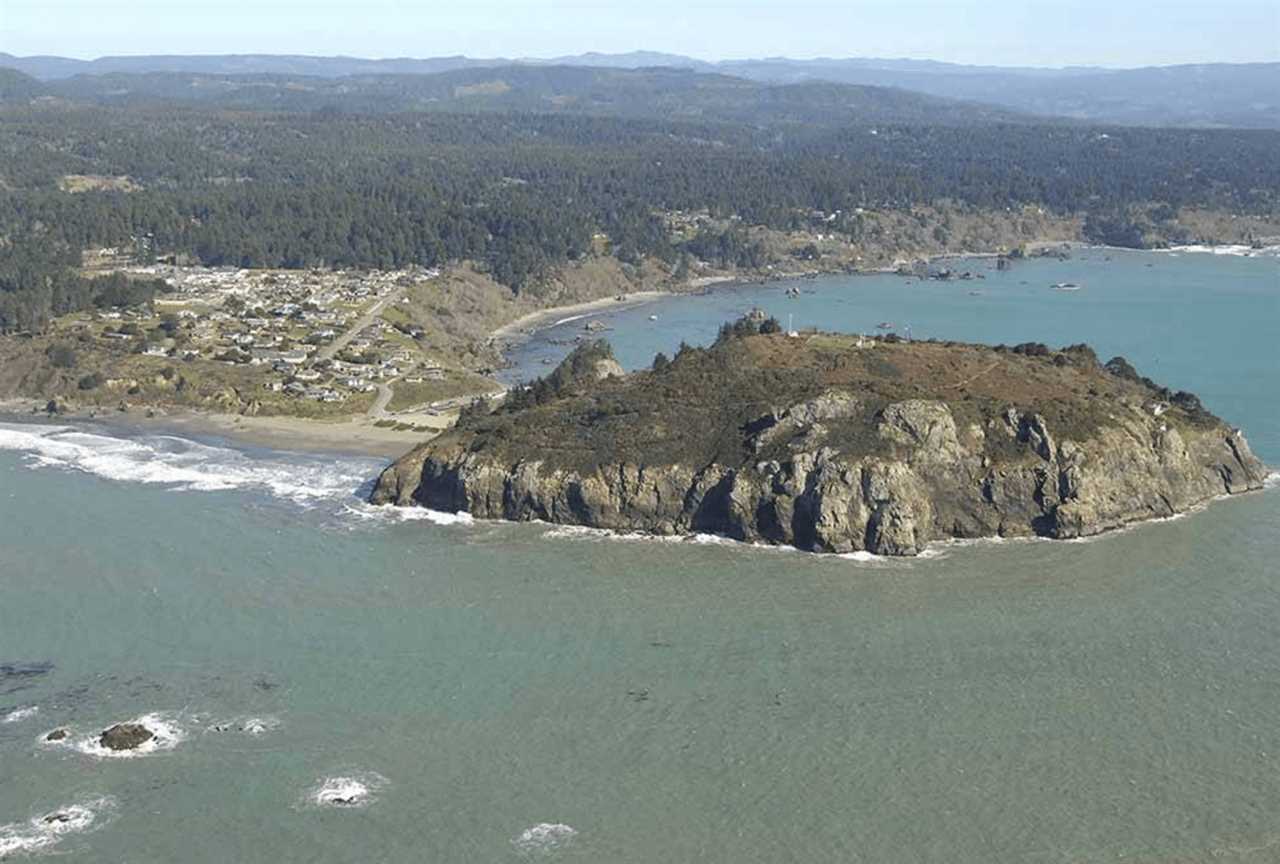
Sounds of the Sea RV Park Photo by Good Sam
There are plenty of campgrounds and RV parks outside of the park if you can’t find a campsite inside. Here are a few great options:
- Kamp Klamath RV Park & Campground: About 25 minutes north of the Prairie Creek Visitor Center.
- Klamath River RV Park: About 20 minutes north of the Prairie Creek Visitor Center.
- Sounds of the Sea RV Park: About 20 minutes south of the Thomas H. Kuchel Visitor Center.
- Mystic Forest RV Park: About 30 minutes north of the Prairie Creek Visitor Center.
- Klamath Camper Corral: About 20 minutes north of the Prairie Creek Visitor Center.
Invest in a Good Sam Membership and save 10% on nightly stays at Good Sam Campgrounds.
Tips for your Camping Stay
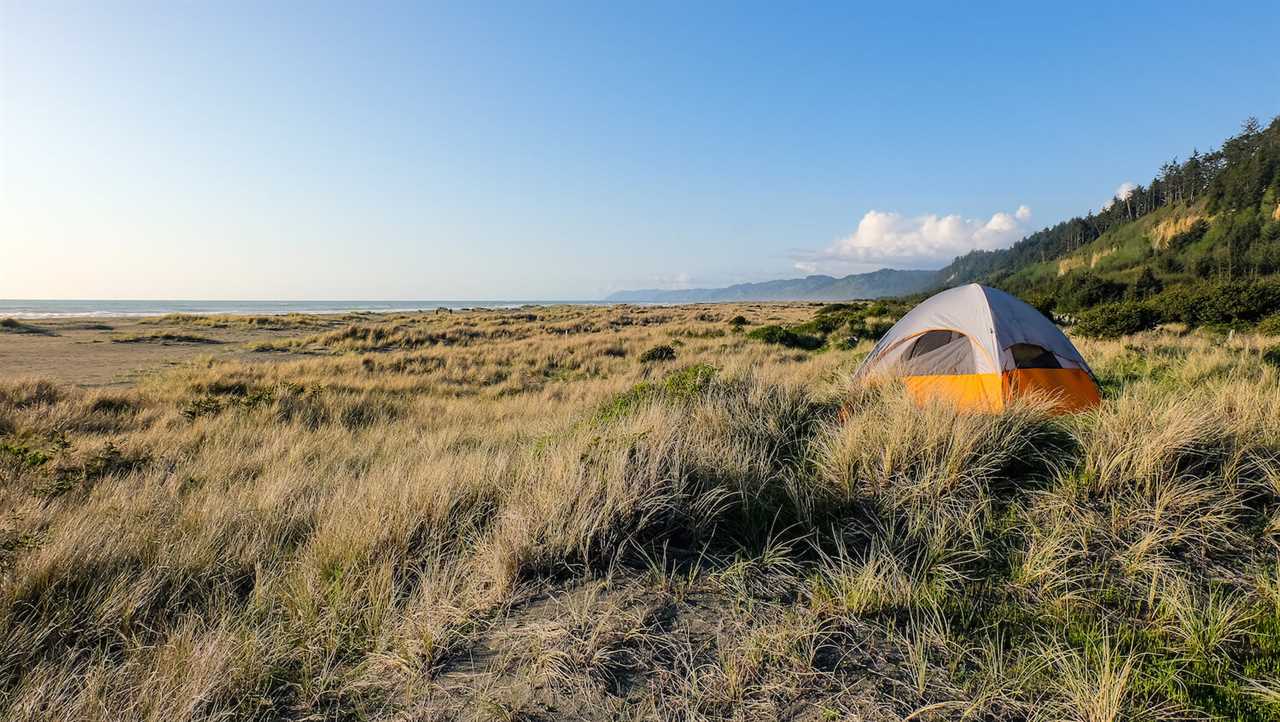
Photo by Ashley Hadzopoulos via Shutterstock
There are general tips for RVing in the national parks, and then there are location-specific reminders. Here are a few things to keep in mind before you visit the Redwoods:
- Campground reservations are available through the California Department of Parks and Recreation.
- Summer reservations are strongly recommended, and reservations are generally a good idea year-round.
- Jedidiah Smith Campground is only reservable from May 1st through October 1st.
- Many of the campgrounds were constructed in the 1940s before larger luxurious RVs became commonplace. Double-check campground vehicle size restrictions before booking.
- Setting up hammocks on any trees is prohibited, as it can damage the trees’ bark.
- Beware of wildlife! Roosevelt elk are prominent in the park, as well as black bears, bobcats, mountain lions, coyotes, and more.
- View wildlife from a safe distance, especially during elk mating season in the fall and when calves are being born in May and June.
How to Get Around Redwood National Park
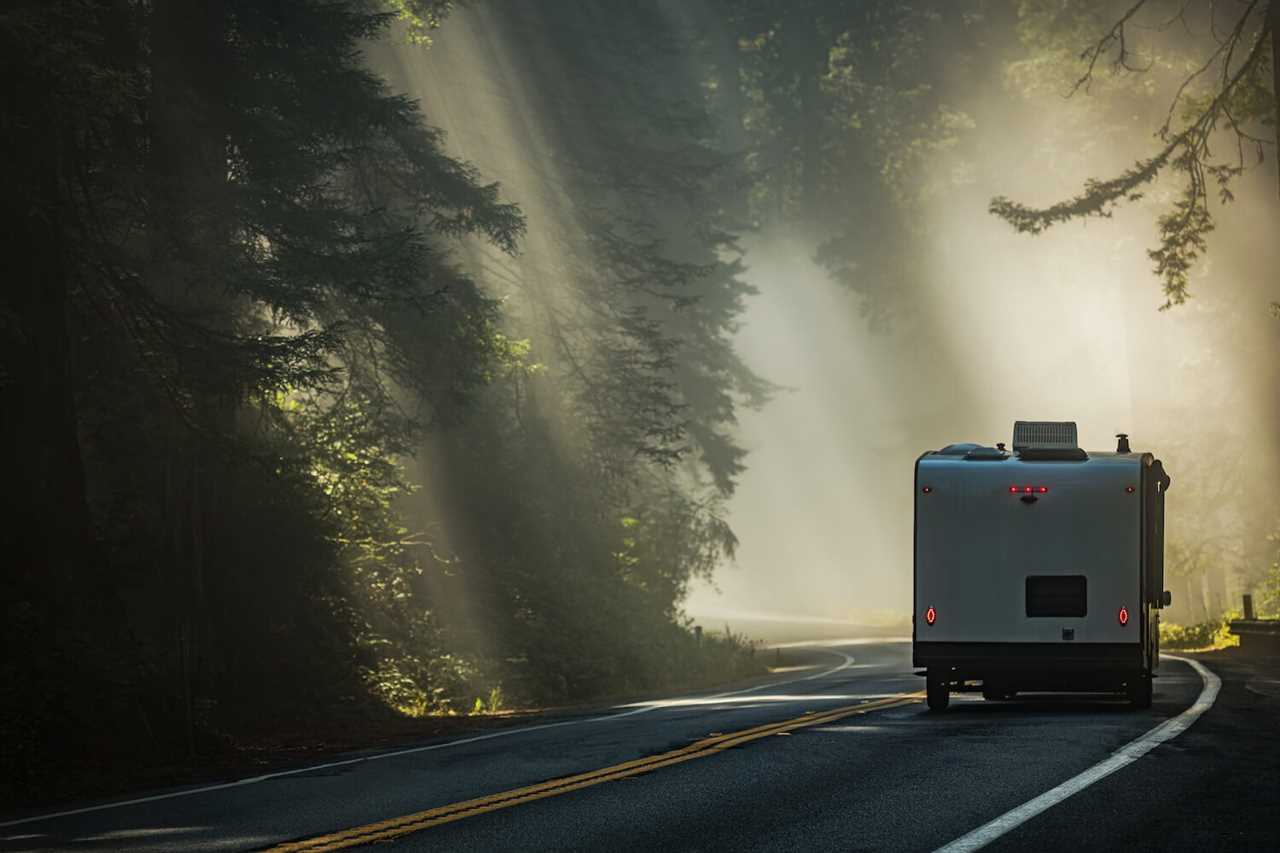
Photo by Virrage Images via Shutterstock
The coastline and inland areas that encompass Redwood National and State Parks stretch about 50 miles from Crescent City, CA to Orick, CA. Most of the park is best accessed from US 101, and although there is no formal entrance there is a park sign located just north of Stone Lagoon.
To get to the area from the north, you’ll take US-199 to US-101. If you’re coming from the south, follow US-101 north. The best way to get around is by car along the numerous roads and highways that connect to various trailheads and nearby state parks.
Many of the roads are narrow, windy, and bumpy, and some even have restrictions that prohibit driving or towing your RV. Check road statuses and regulations ahead if you don’t have a separate tow vehicle.
Park maps are the best way to navigate once you’re in the park. Even the best GPS and navigation systems can be unreliable in this area due to inaccurate coverage. The National Park Service’s regional headquarters is located at 1111 Second Street in Crescent City, CA.
If you’re on a national parks road trip, some of the best parks to hit before or after visiting the Redwoods are Crater Lake and Lassen Volcanic National Park.
Places to Go
Especially if it’s your first time visiting the Redwoods, make sure you visit these must-see landmarks.
The Visitor Centers
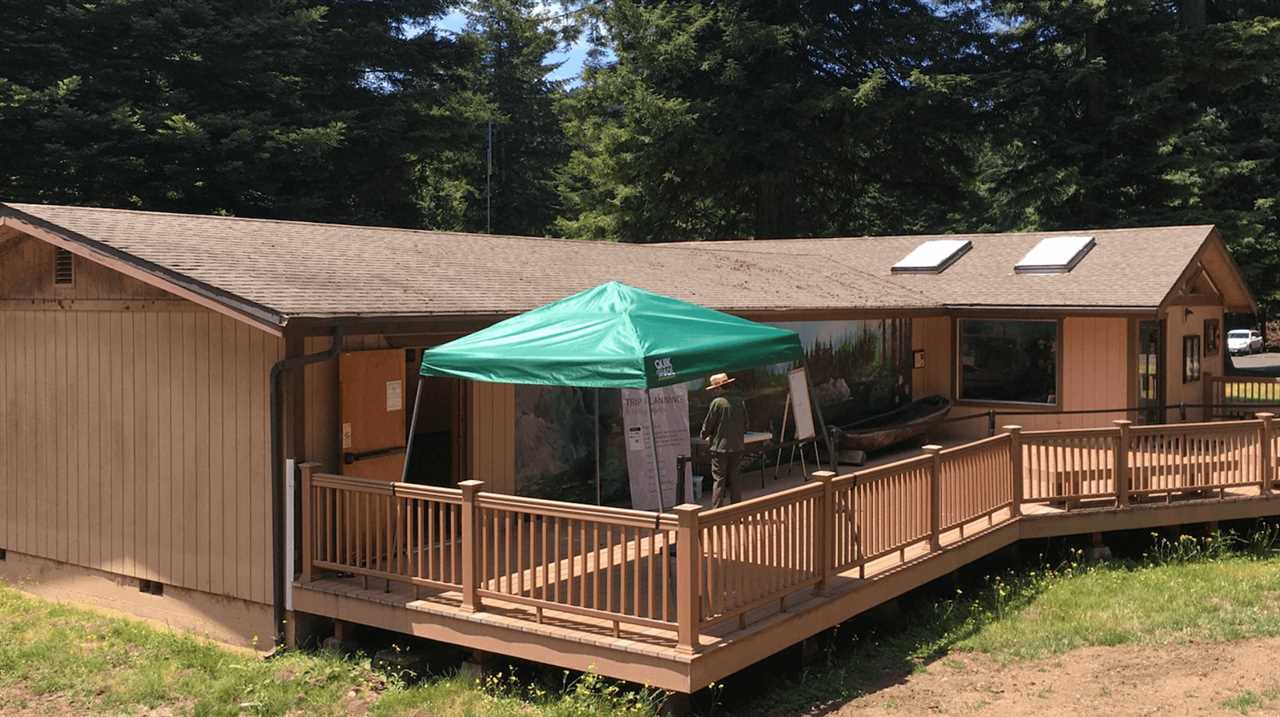
Photo by NPS
Five visitor centers provide the information you need to optimize your visit. The most convenient location will depend on where you’re staying, but here’s a little more info about each:
- Crescent City Information Center: Located at 1111 Second Street in Crescent City, CA.
- Hiouchi Visitor Center: Located on US 199 in Hiouchi, CA.
- Jedidiah Smith Visitor Center: Located in the state park 10 miles east of Crescent City, CA.
- Prairie Creek Visitor Center: Located on US 101 at the southern end of the Newton B. Drury Scenic Parkway.
- Thomas H. Kuchel Visitor Center: Located on US 101 south of Orick, CA.
Gold Bluffs Beach and Fern Canyon
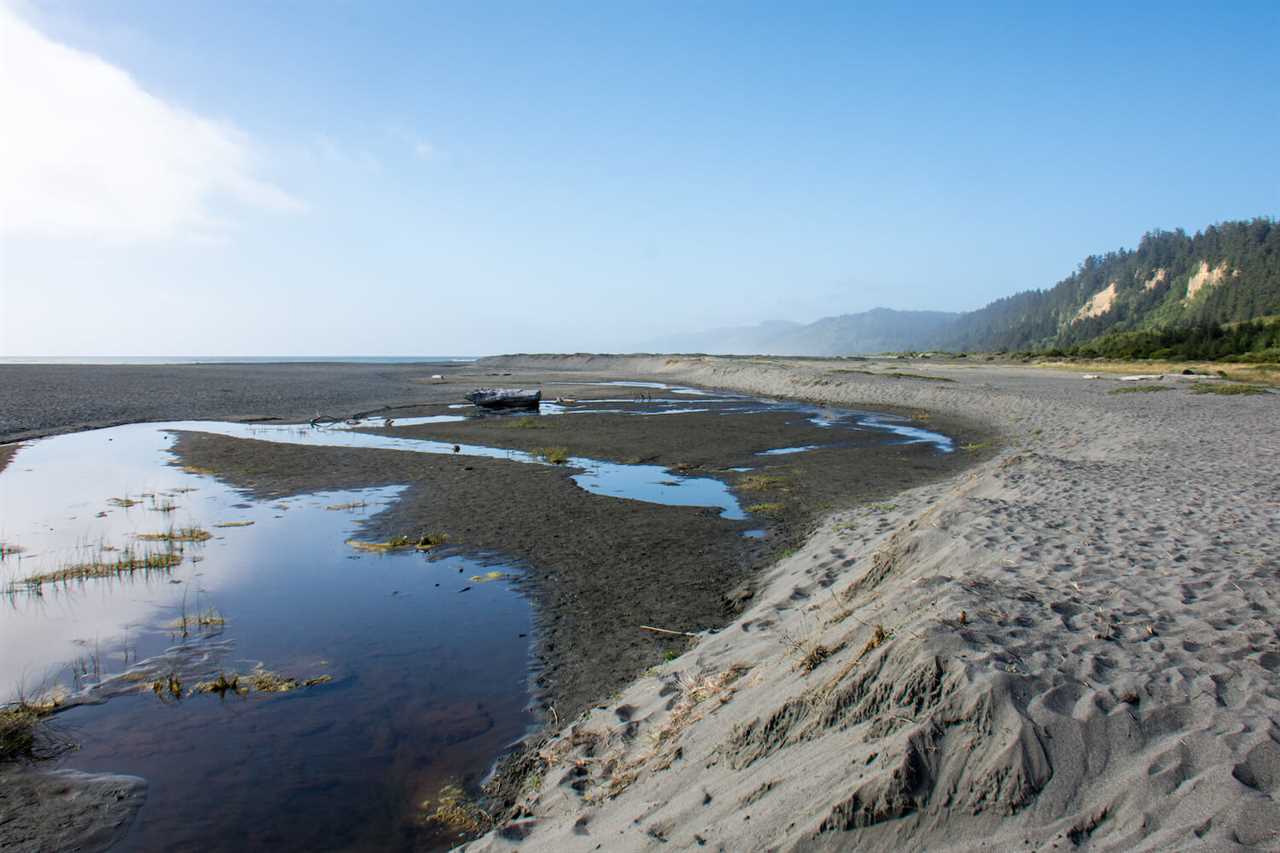
Photo by melissamn via Shutterstock
Walk through a narrow canyon with fern-covered walls on either side and a trickling stream running past your feet. Then pop out onto one of the most beautiful beaches along this stretch of coastline.
Because of the area’s popularity and the park’s mission to protect natural resources for future generations, you’ll need to obtain a parking permit if you plan to visit from May 1st through September 30th.
Visit “Trees of Mystery”
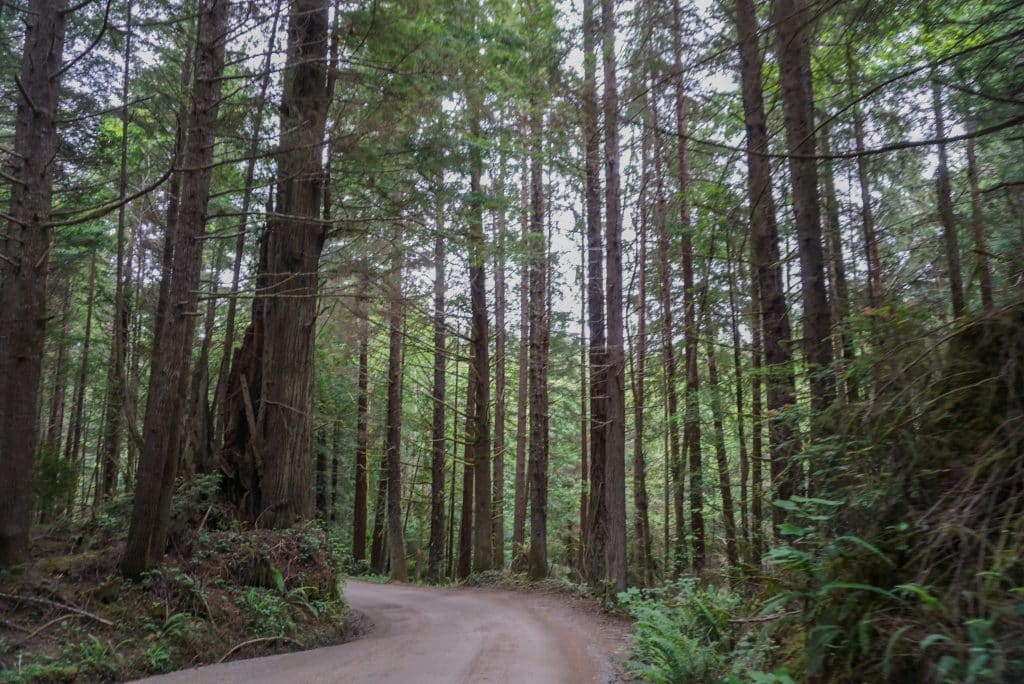
You can’t miss this roadside attraction that has been a tourist favorite since 1946. Amongst the giant redwoods that its interpretive trails feature are some unusual tree formations and around 50 sculptures and carvings that share stories of legendary logger Paul Bunyan.
The attraction also offers the SkyTrail

, a ⅓-mile gondola ride through the forest treetops and up to an observation deck that offers spectacular mountain and ocean views. Be sure to visit the Trees of Mystery’s Native American museum as well, which is free to the public.
Things to Do in Redwood National Park
You won’t want to stop exploring the park, and there’s lots of it to enjoy, no matter what activities you prefer. Here are the most popular activities in the park:
Take a Scenic Drive
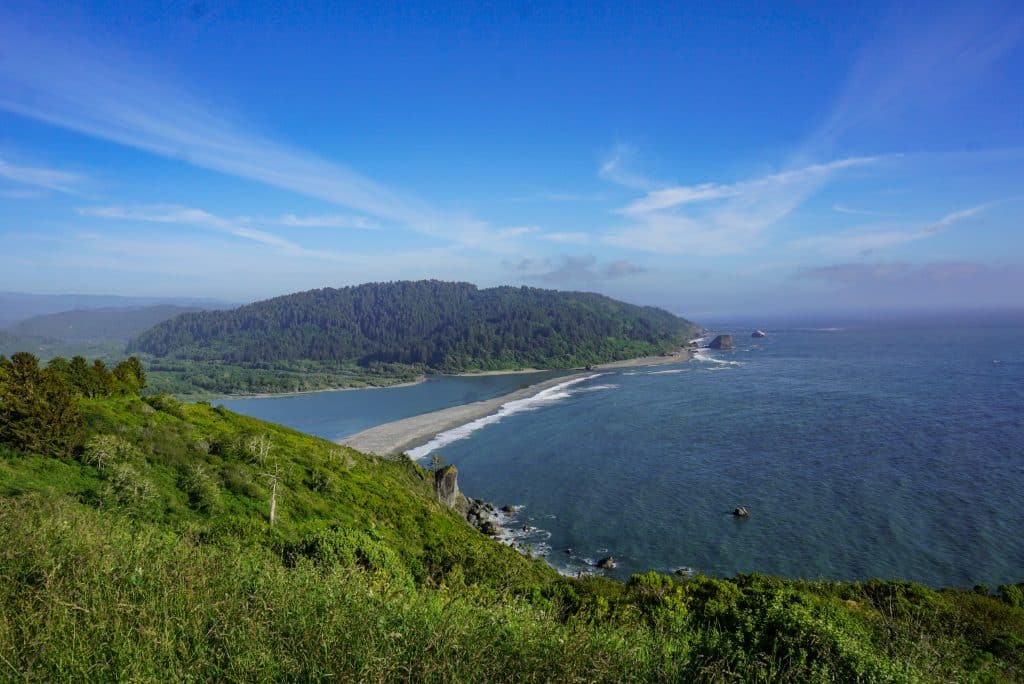
View from Klamath Overlook along Requa Road. Photo credit: followyourdetour.com
You don’t even have to leave the comfort of your car to experience the magic of the redwoods. So, if you don’t have more than one day to spend at the park, you’ll still be able to enjoy the beauty. There are eight different scenic drives to choose from, each one offering different views!
Take the coastal drive loop for panoramic views of the Pacific Ocean and Klamath River estuary, or enjoy some whale watching from Requa Road. Don’t miss the opportunity to take the Newton B. Drury Scenic Parkway, a great alternative to US 101, which passes through the stunningly beautiful old-growth redwood forest in Prairie Creek Redwoods State Park.
Hiking
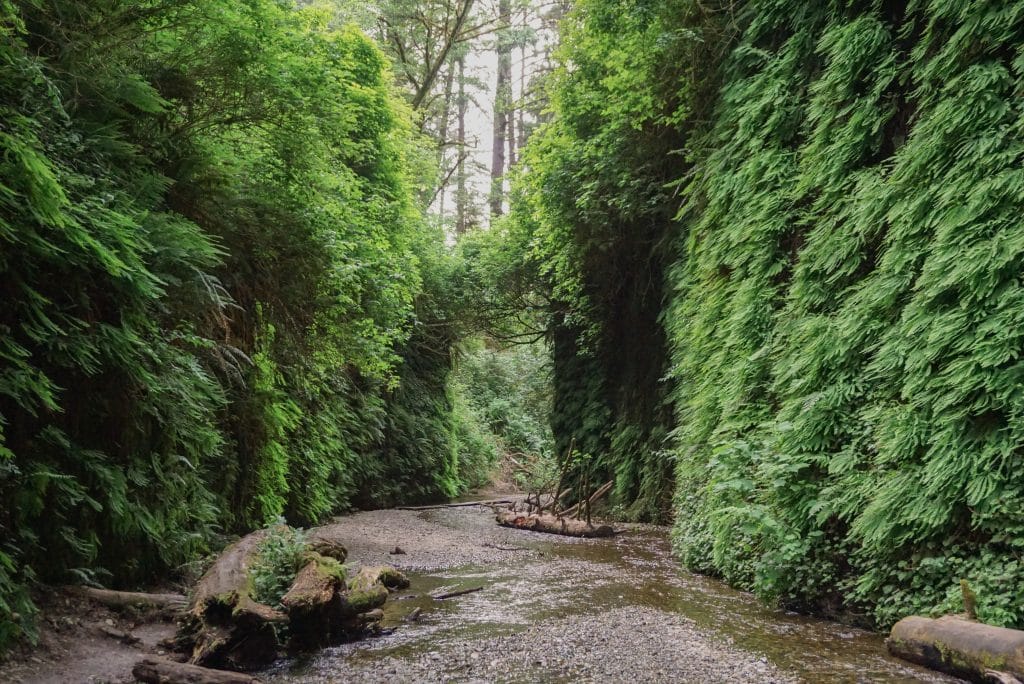
Fern Canyon. Photo credit: followyourdetour.com
There are approximately 170 miles of hiking trails to explore in and around Redwood National Park. It’s best to check the National Park Service website for a full list of the park’s trails and their current conditions, but here are a few of the most popular options.
- Lady Bird Johnson Grove Trail: An easy 1.5-mile interpretive trail surrounding the dedication site of Redwood National Park. Rhododendrons and azaleas can be found along the trail in springtime, and during autumn, you can enjoy the changing colors of vines and big-leaf maple.
- Fern Canyon Loop Trail in Prairie Creek Redwoods State Park: An easy 0.7-mile hike that’ll take longer than usual because you’ll be snapping beautiful photos constantly. You’ll walk right through the dense forest that served as the backdrop for scenes in Jurassic Park 2 and be amazed by the 30-foot-deep canyon covered with ferns.
- Stout Memorial Grove Trail in Jedediah Smith State Park: An easy flat walk through thriving redwoods and lush ferns in the heart of Jedediah Smith Redwoods State Park. It’s one of the best places to experience a coastal redwood forest, and the famous Stout Tree in the grove is 16 feet in diameter at its base and 340 feet tall, making it one of the most massive trees in the park!
- Tall Trees Grove Loop Trail: A moderate 1.3-mile trail with considerable elevation change. The trail is known for its access to the Libbey Tree, which was once the world’s tallest known living thing. It’s a bit challenging to reach, as a limited number of daily cars are allowed access. After you obtain a permit, you’ll have a 45-minute drive to the trailhead, followed by a climb up Bald Hills Road, but you won’t be disappointed when you arrive.
Biking
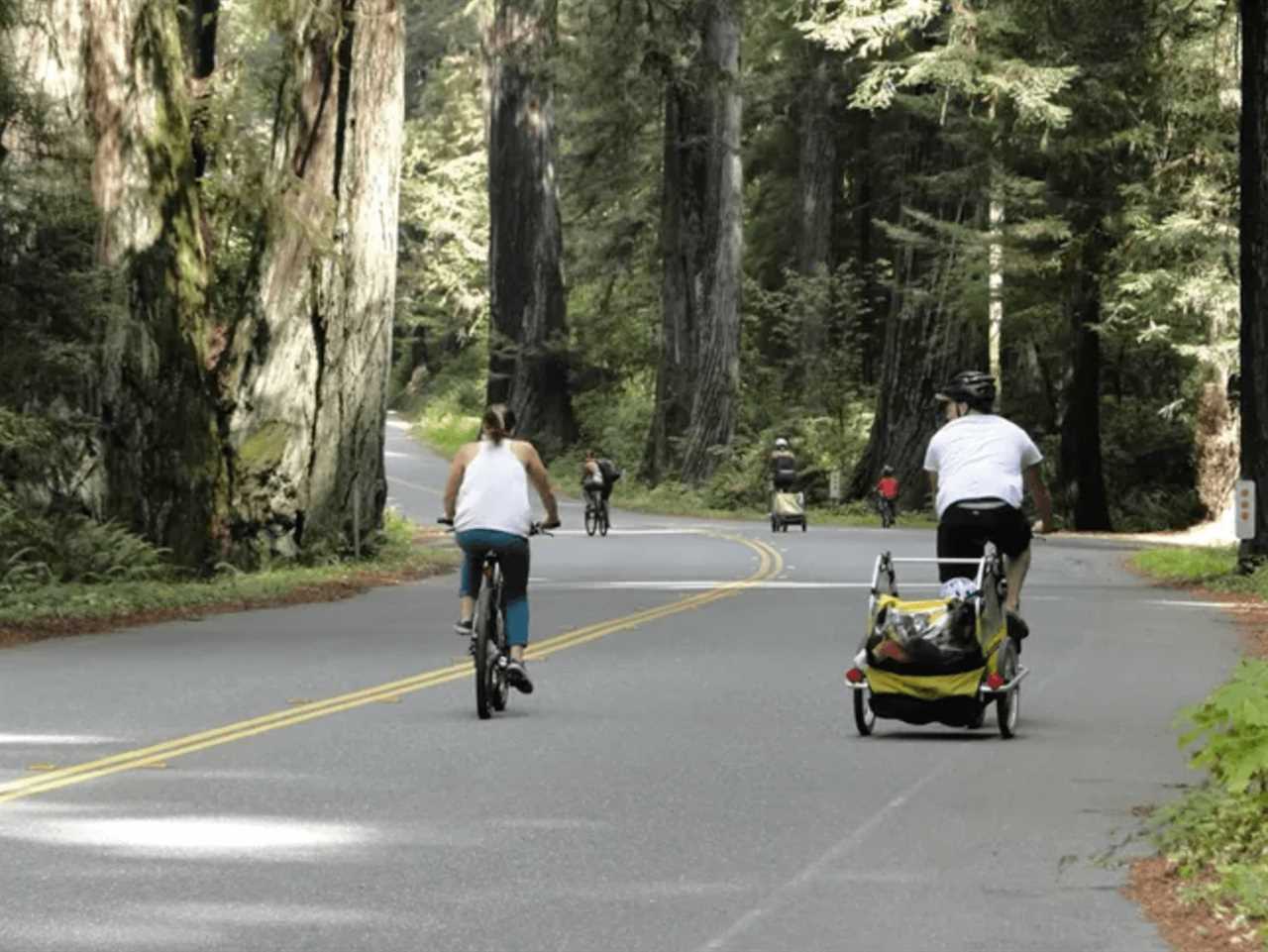
Photo by NPS
There are six permitted biking trails to enjoy in the park, spanning a total distance of roughly 50 miles. Many trails are steep and challenging but offer incredible views of redwoods and the coastline.
There are bicycle rentals for your convenience, or you can take a guided bike tour through the national park and state parks. E-bikes are even allowed on hike and bike trails that are completely within the national park boundary.
Kayaking
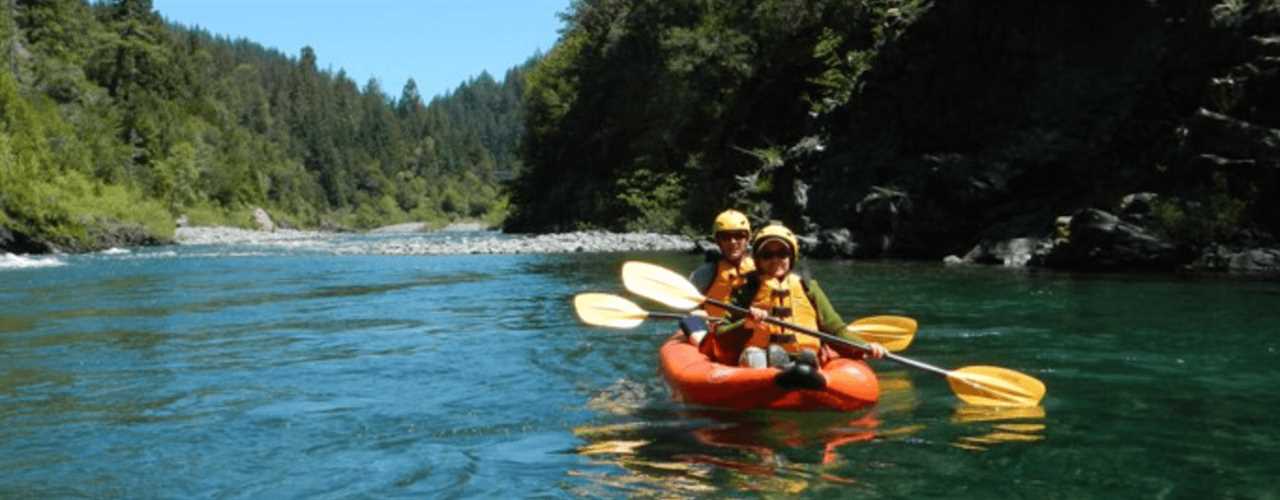
Photo by NPS
View the park from a different perspective while kayaking the Smith River – the longest free-flowing river system in California. There are a few guide services to choose from, but the best option might be taking a tour from a park ranger while they’re offered during the summer.
You’ll learn about the river’s geology and how it impacts the growth of the redwoods while experiencing the park’s natural landscapes in a way that you simply can’t do on foot or in a vehicle. There are also local rental companies if you want to explore some of the nearby lagoons, harbors, and ocean coves.
Tidepooling
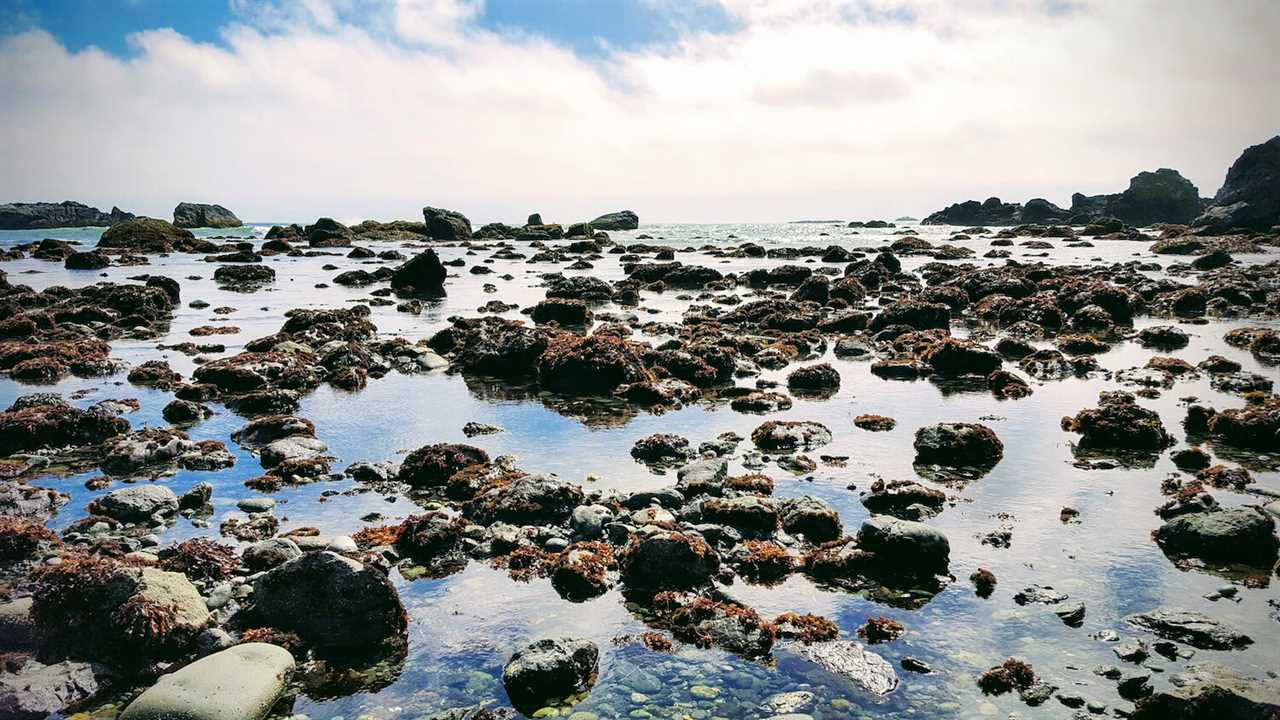
Photo by Shepard Creative via Shutterstock
The park’s coastline offers a great chance to explore marine wildlife living in tidal pools. The best places for tidepooling are just north of Endert’s Beach, at the end of the Damnation Creek Trail, and just south of False Klamath Cove.
You’ll find invertebrates like sea stars, anemones, sea cucumbers, hermit crabs, and California mussels. Just be aware of tidal conditions so you visit at the right time for a safe viewing experience, and respect the wildlife by taking only pictures and keeping a healthy distance.
What To Bring and How to Prepare

- Check the current conditions of the park’s trails and roads before you visit. With the changing weather, it’s not uncommon for the area to experience flooding, ice, dense fog, fallen trees, etc.
- Sturdy walking shoes or hiking boots with non-slip soles are essential for hiking in the park. The moist rainforest and coastal trails can be slippery year-round.
- Hiking sandals or closed-toed water shoes are also a great thing to bring if you plan on tidepooling.
- Morning moisture is common in the park during the summer months. Inspect your RV roof for leaks before visiting, and retract RV awnings before turning in each night.
- A quality hiking backpack is a great thing to bring so you can carry water and snacks while exploring the park on foot.
For the latest info on visiting Redwood National Park, visit the National Park Service’s website.
Brief History of Redwood National Park
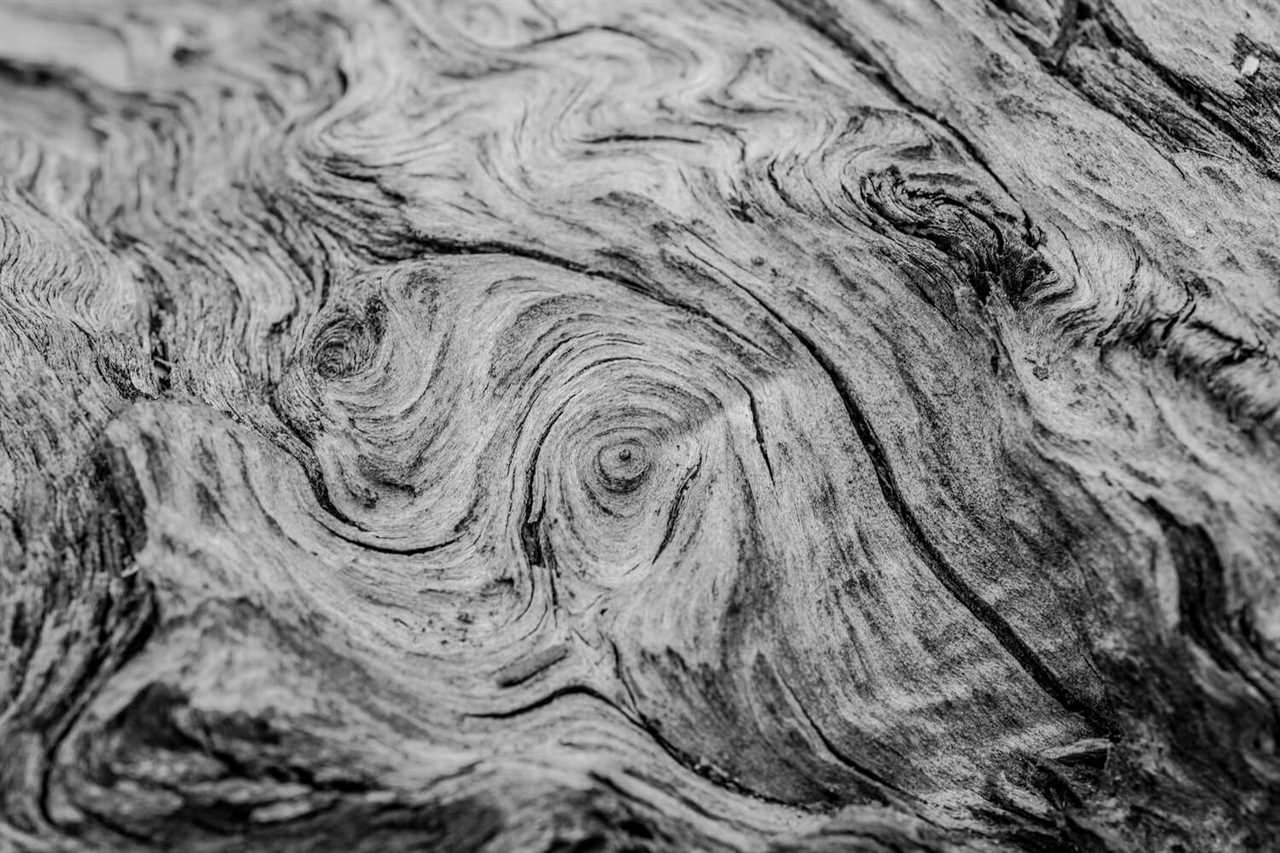
Photo by Eva Hawker via Shutterstock
The coastline now attributed to California has long been home to the peoples of the Yurok, Tolowa, and Chilula tribes. These indigenous people hunted elk and deer, fished from the ocean and inland rivers, and foraged abundant berries, nuts, and seeds from local flora.
Logging and forest management were long a part of their lifestyle, but things shifted when Euro-American settlers began arriving en masse in the mid-1700s. Commercial timber harvesting was one of the leading manufacturing industries in the developing west.
That industry pushed indigenous peoples away from lands they had stewarded for millennia, and the stands of redwoods in this region became sparse and threatened by the mid-1800s. At the turn of the 20th century, concerned citizens formed the Save The Redwoods League and fought diligently to protect what remained.
Still, another economic boom following World War II reduced the remaining stands of old-growth redwoods in this area to about 5% of their original numbers. Fortunately, the environmental movement of the 1960s partly focused on protecting this remaining five percent, and Redwood National Park was finally formed in 1968.
But the park didn’t initially include the entire watershed, and logging continued in the area for another 10 years. In 1978, the government acquired an additional 10,000 acres from logging companies to expand the park and begin large-scale restoration work that still goes on today.
Plan your next trip to the national parks in an RV. Rent an RV, trade-in your RV, or buy a new or used RV and start traveling for less than $5 a day.
Have you been to Redwood National Park? What tips can you share?
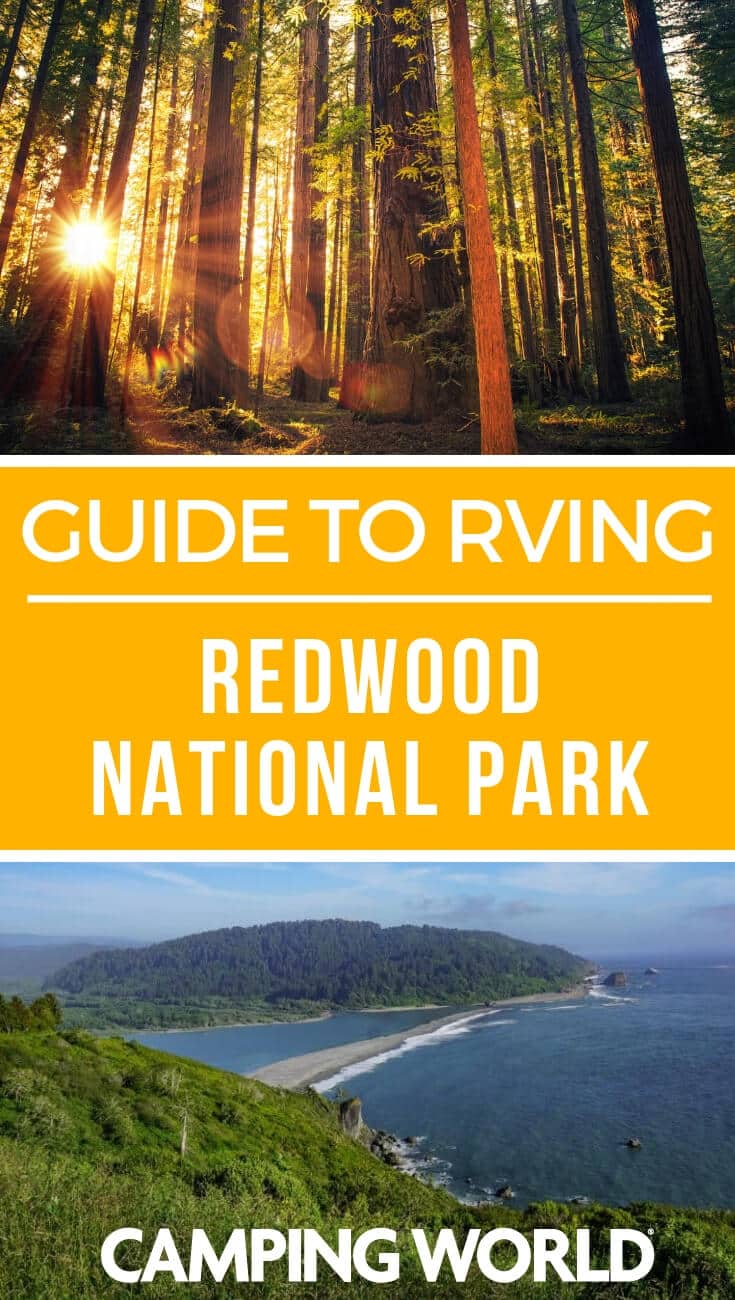
By: Lindsay McKenzie
Title: Camping World’s Guide to RVing Redwood National Park
Sourced From: blog.campingworld.com/the-rv-life/where-to-go/camping-worlds-guide-to-redwood-national-park/
Published Date: Fri, 14 Oct 2022 22:00:40 +0000
---------------------------------------------
Did you miss our previous article...
https://outdoorsnewswire.com/camping/4-southwest-dark-sky-destinations-that-will-make-you-see-stars
 CampingSurvivalistHuntingFishingExploringHikingPrivacy PolicyTerms And Conditions
CampingSurvivalistHuntingFishingExploringHikingPrivacy PolicyTerms And Conditions
